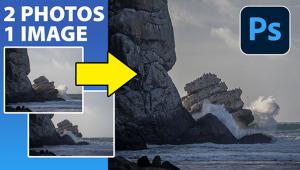Wide-Open
Walking The Knife's Edge Of Shallow Depth Of Field
Recently I've begun
to look at things differently. As a working commercial photographer,
much of my work consists of really tack-sharp images. While I've
always worked with foreground and background areas that may be out of
focus, the "look" has always been "sharp." |
|||
The Wide-Open Dilemma Famous Fast Optics |
|||
Besides shallow depth of field,
artificially throwing parts of the focal plane out of focus can also make
for some dramatic images. The two leaders for this kind of photography
are Nikon's 85mm f/2.8 Micro-Nikkor and Canon's 90mm f/2.8
TS-E. Both lenses are engineering marvels, allowing full automatic operation
(though manual focus only) with provisions for lens shift and lens tilt.
By rocking the lens fully to one side and shooting wide-open, you can
get a full-length body shot with only about a 12" slice of critical
focus. Everything else is soft and blown out, but with the dreamy, creamy
"soft lens" look that no Photoshop filter can recreate. |
|||
The Manual/Autofocus
Difference |
|||
Exposure Considerations A Digital Alternative? |
|||
The Fuzzy Part |







































